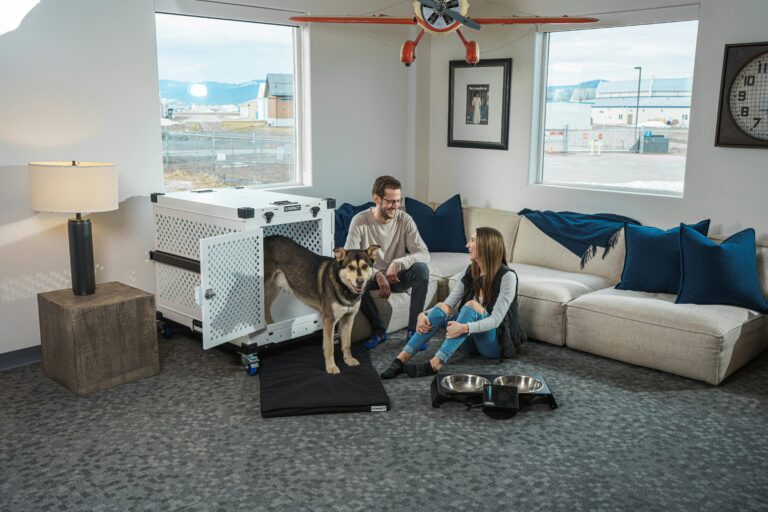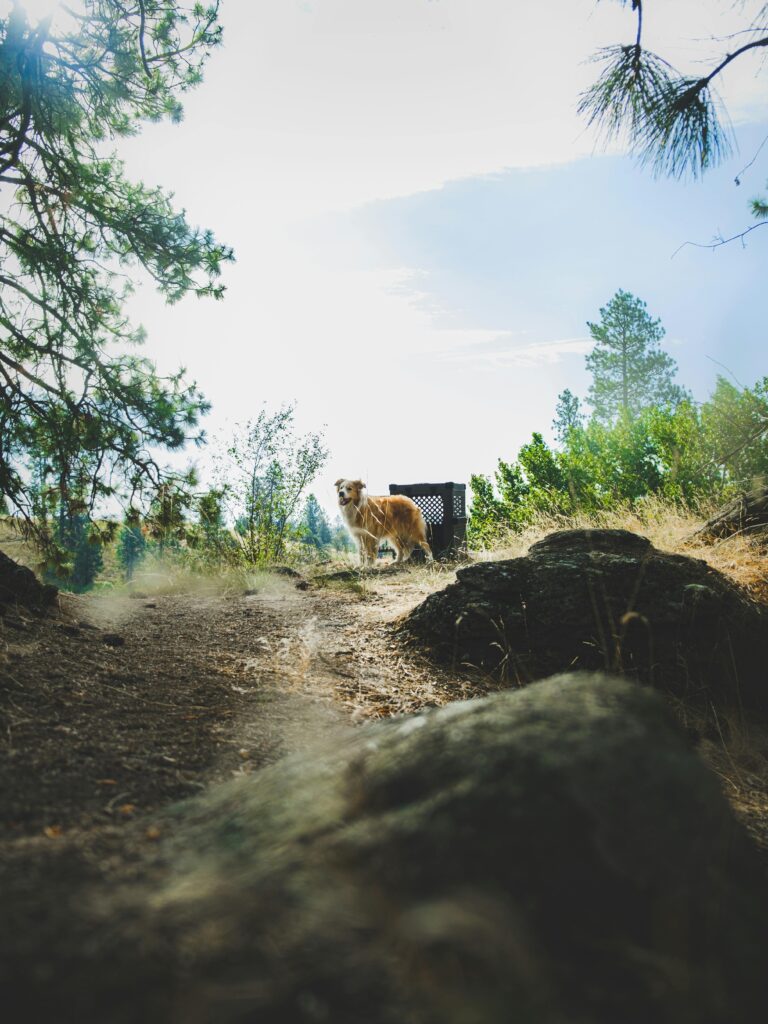Many dog owners resist crate training because they think it feels restrictive or unfair to their dog. But as a professional trainer, I can tell you that crate training is one of the most important skills you can teach. When introduced correctly, the crate is not punishment. It becomes a safe, calming space for your dog and a tool that supports obedience, house manners, and safety.
Let’s explore why crate training is essential, how to introduce it properly, and how it helps create a balanced and well-behaved companion.
Why the Crate Gets a Bad Reputation
The main reason people avoid crate training is misunderstanding. A crate used improperly can feel like punishment, but when used correctly, it is the opposite. Dogs are den animals by nature. They seek out small, secure spaces to rest. The crate replicates this instinct.
The problems come when:
- Owners use the crate only for discipline
- Dogs are left in the crate far too long
- The crate is uncomfortable or improperly sized
- Introduction is rushed or stressful
Avoiding these mistakes ensures your dog associates the crate with calm and security instead of fear.
Benefits of Crate Training
Crates provide structure and freedom at the same time. Here are the biggest benefits:
- Housebreaking: Dogs naturally avoid soiling their den, which accelerates potty training.
- Safety: Prevents chewing, escaping, or dangerous behavior when unsupervised.
- Travel: Crates make car rides safer and reduce anxiety in new environments.
- Routine: Dogs learn to rest on schedule, which prevents overexcitement.
- Stress reduction: Provides a personal retreat during chaos like guests, kids, or holidays.
When the crate is introduced as a positive, structured environment, your dog will begin seeking it out voluntarily.
How to Introduce the Crate
Patience is the key. Here is a simple step-by-step guide:
- Choose the right size: Your dog should be able to stand, turn, and lie down comfortably.
- Make it inviting: Add soft bedding, a toy, or a safe chew.
- Introduce gradually: Toss treats inside, feed meals in the crate, and let the dog explore freely.
- Use short sessions: Start with a few minutes at a time and build up.
- Never use as punishment: Always keep the crate positive.
Consistency here sets the tone for long-term success.
Crate Training for Puppies vs. Adult Dogs
Puppies adapt quickly but require frequent breaks. They should not be left crated longer than their bladder can handle, often just a few hours at a time.
Adult dogs can typically tolerate longer crate times but may need a slower introduction if they have never been exposed before. With both, structure is more important than duration. The crate should always be predictable and consistent.
For additional help in handling restless behaviors like pacing, whining, or inability to settle, see our post on why dogs pace, whine, or can’t settle at home. Crate training often provides the structure that reduces these stress behaviors.
Common Crate Training Mistakes
- Leaving the crate door closed for hours without exercise or potty breaks
- Using the crate as the only training tool instead of part of a full program
- Failing to balance crate time with physical and mental stimulation
- Rewarding whining by letting the dog out immediately
Correcting these mistakes ensures your dog views the crate as a positive space, not confinement.
Crates as Part of Obedience Training
The crate is not a replacement for training, but it is a powerful partner. It helps reinforce other obedience commands such as:
- Place (settling calmly in a designated area)
- Stay (building patience and self-control)
- Come (practiced when released from the crate)
When combined with structured obedience training, the crate builds confidence and self-control. Our Basic Obedience Program pairs perfectly with crate use, teaching your dog to channel their energy appropriately both inside and outside the crate.
Crate Training and Long-Term Success
The goal is not to keep your dog in the crate forever. Over time, many dogs learn to settle in open spaces because the crate has taught them boundaries and calmness. Think of it as training wheels for a balanced lifestyle.
The ASPCA explains crate training as a useful tool to prevent destructive behavior and give your dog a safe space, as long as it is introduced with patience and positivity.
Quick Crate Training Checklist
- Properly sized crate with bedding and toys
- Gradual, positive introduction
- Short, structured sessions at first
- Balanced with exercise and stimulation
- Never used as punishment
- Consistent routines
Ready to Start Crate Training?
If your dog struggles with settling, potty training, or destructive behavior, crate training can make all the difference. Combined with obedience work, it creates structure and calm that transform your dog’s behavior.
Our Basic Obedience Program provides the foundation your dog needs to succeed. Reach out through our contact page and let us help you build a training plan that includes crate success.


